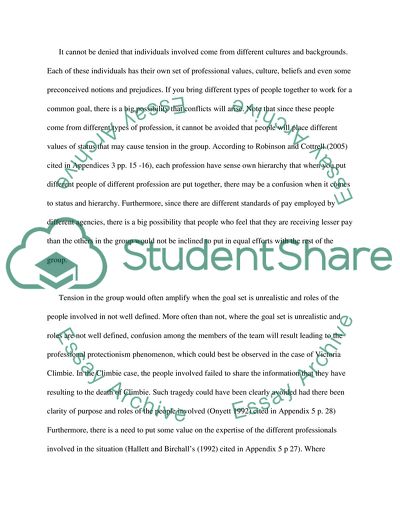Cite this document
(Multidisciplinary Working in Child Protection Case Study, n.d.)
Multidisciplinary Working in Child Protection Case Study. Retrieved from https://studentshare.org/social-science/1706086-critically-analyse-the-arrangements-for-multi-agency-andor-multidisciplinary-working-in-child-protection
Multidisciplinary Working in Child Protection Case Study. Retrieved from https://studentshare.org/social-science/1706086-critically-analyse-the-arrangements-for-multi-agency-andor-multidisciplinary-working-in-child-protection
(Multidisciplinary Working in Child Protection Case Study)
Multidisciplinary Working in Child Protection Case Study. https://studentshare.org/social-science/1706086-critically-analyse-the-arrangements-for-multi-agency-andor-multidisciplinary-working-in-child-protection.
Multidisciplinary Working in Child Protection Case Study. https://studentshare.org/social-science/1706086-critically-analyse-the-arrangements-for-multi-agency-andor-multidisciplinary-working-in-child-protection.
“Multidisciplinary Working in Child Protection Case Study”. https://studentshare.org/social-science/1706086-critically-analyse-the-arrangements-for-multi-agency-andor-multidisciplinary-working-in-child-protection.


